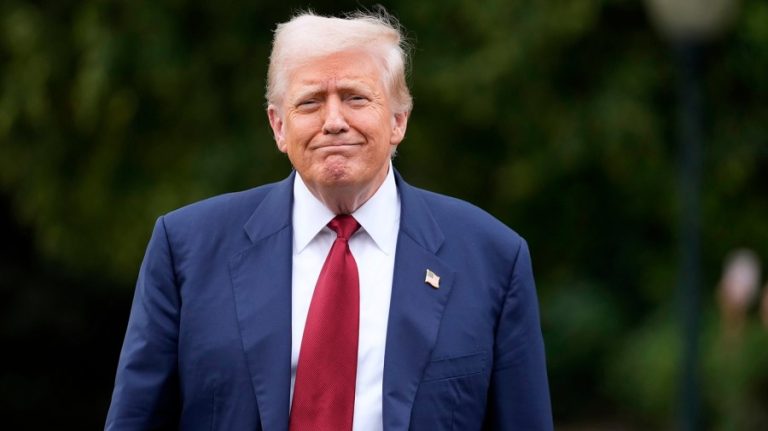Trump Administration to Issue Executive Order Clarifying Gold Tariff Policy Amidst Market Turmoil
The White House is poised to issue an executive order in the coming days to address confusion and market volatility surrounding tariffs on gold bars, a senior administration official confirmed. The move comes after recent reports indicating that the Customs and Border Protection (CBP) agency had classified certain gold bars, specifically 1-kilogram and 100-ounce bars, under a customs code that subjects them to tariffs. This unexpected interpretation triggered significant disruption in the gold market, sending gold futures prices soaring to record highs and causing consternation amongst traders, analysts, and industry executives.
The CBP’s decision contradicted the widespread assumption within the gold market that these standard gold bars would be exempt from the tariffs imposed by President Trump. This misunderstanding stems from the complex nature of tariff codes and the specific language used in previous executive orders regarding tariffs. Market participants had interpreted existing policy as exempting gold bars in these widely-traded sizes, considering them monetary instruments rather than taxable commodities. The CBP’s ruling, however, categorized these bars under a code typically used for industrial gold products, subjecting them to the same tariffs applied to other imported goods.
The resulting confusion has led to a freeze in gold shipments, with traders expressing uncertainty about the applicable tariff rates and the potential financial implications. Switzerland, a major gold refining hub, has been particularly affected, with its gold bar exports to the United States now facing a steep 39% tariff. This unexpected development has sparked concerns about the potential impact on global gold markets and the broader implications for international trade.
The forthcoming executive order is intended to clarify the administration’s position on gold tariffs and address the market’s concerns. While the specific details of the order are yet to be released, it is expected to provide explicit guidance on the tariff status of 1-kilogram and 100-ounce gold bars. The administration aims to restore stability to the gold market and alleviate the disruptions caused by the CBP’s interpretation. The order may also address broader questions about the classification of gold products for tariff purposes, providing much-needed clarity for market participants.
This incident highlights the challenges of implementing complex trade policies and the potential for unintended consequences. The initial lack of clarity regarding the application of tariffs to gold bars underscores the need for precise language and consistent communication in trade regulations. The market’s reaction, with its dramatic price swings and trading disruptions, demonstrates the interconnectedness of global markets and the sensitivity of commodity prices to policy changes.
The executive order represents an attempt by the Trump administration to course-correct and address the fallout from the CBP’s interpretation. The gold market will be closely watching the release of the order and its specific provisions, hoping for clear guidance that will allow for the resumption of normal trading activity. The long-term impact of this episode on gold prices and the broader commodity markets remains to be seen, but the incident serves as a reminder of the significant influence of trade policy on global economic activity. The situation also highlights the importance of ongoing dialogue between policymakers and market participants to ensure that trade regulations are implemented effectively and without unnecessary disruption. The future of gold tariff policy now rests on the specifics of the forthcoming executive order, and its reception by the market will be a key indicator of its effectiveness.


